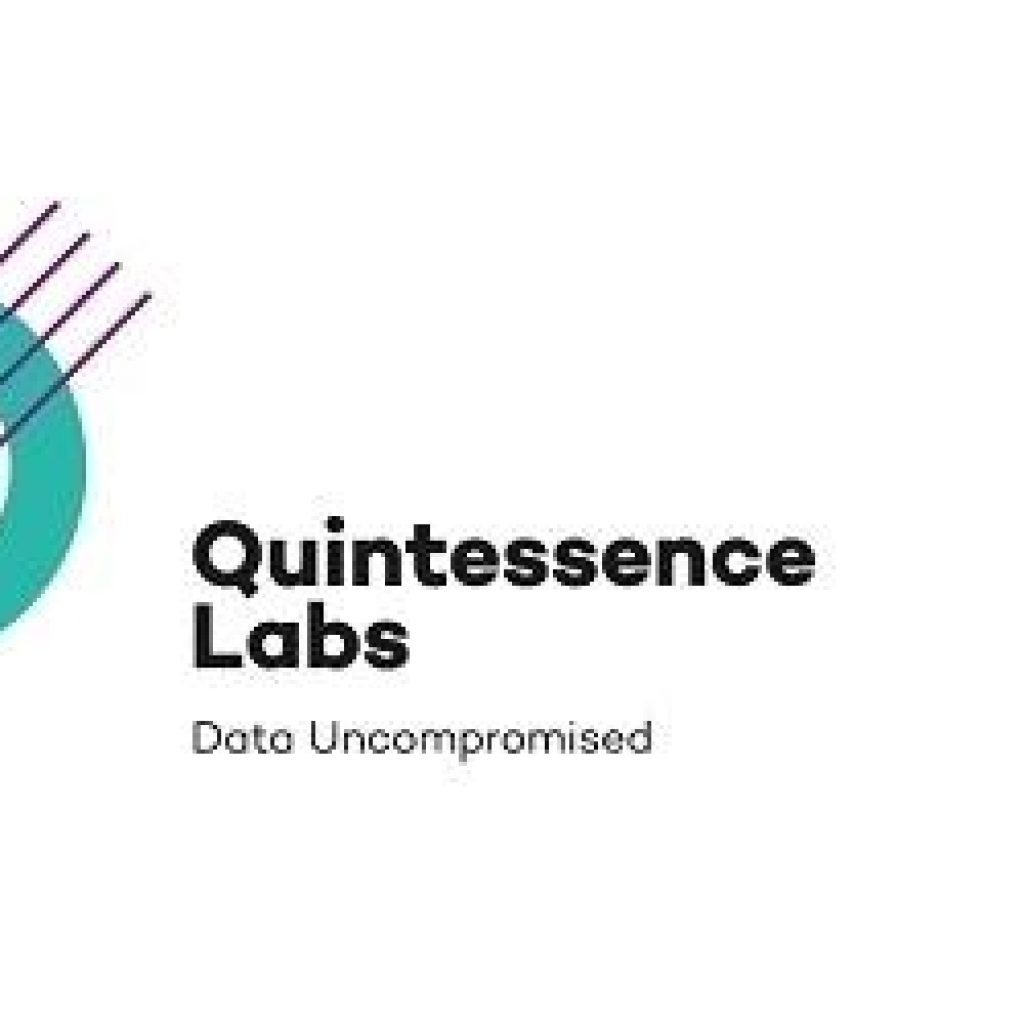(Sponsored by QuintessenceLabs) “Advantages of Continuous Variable Quantum Key Distribution”
Quantum physics offers an information-theoretical secure method for distributing cryptographic key material. Quantum Key Distribution (QKD) enables two remote parties, “Alice” and “Bob,” who are connected by a quantum channel such as a passive optical link to securely generate secret key material. Alice transmits random information encoded onto quantum states of light to Bob, who measures the received quantum states using detectors. Following this step, Alice and Bob apply a series of algorithms on their data to extract a cryptographically secure key. It has been proven that QKD is information-theoretical secure, meaning that any eavesdropping attempt is either guaranteed unsuccessful or detected, in which case Alice and Bob will not use their freshly generated keys.
In general, there are two different (but complementary) approaches to QKD to generate the secret key material. Analogous to the particle-wave duality of light, these two approaches either emphasize the corpuscular or wave aspect of the quantum carrier of information to provide the security.
The first approach is Discrete Variable QKD (DV-QKD), in which the particle nature of light is emphasized to achieve secure key distribution. For example, information is encoded on the physical properties of single-photon, such as their polarization state, by the transmitter. Single-photon resolving detectors are used to measure the received quantum states.
The second approach is Continuous Variable QKD (CV-QKD), in which the wave nature of light is emphasised to achieve secure key distribution. In this second approach, information is encoded onto the amplitude and phase quadratures of a bright coherent laser by the transmitter, and the receiver measures the quadratures of light using balanced homodyne detectors.
Although CV-QKD is a much younger technology, it now achieves similar performance and security levels as DV-QKD technologies. CV-QKD, however, offers a significantly superior pathway forward in terms of cost, form factor, and performance, at the cost of a more complex data processing.
CV-QKD offers the advantage of high total detection efficiencies by using homodyne detectors with high quantum efficiency photodiodes. Furthermore, CV-QKD systems are compatible with current telecommunication technologies, such as modern telecommunication encoding, transmission techniques, and detection techniques. In fact, CV-QKD systems can be fully built using “off-the-shelf” coherent optical telecommunication hardware.
The technology pathway for CV-QKD exploits the three advantages of the CV-QKD technology; high raw key rates, reduced form factor, and reduced cost.
High key rates are achievable using off-the-shelf telecommunications components, including shot noise limited lasers, modulators, and balanced detectors.
CV-QKD is DWDM compatible, thus supporting multiple channels to achieve high key rates, as well as supporting more flexible deployments: multiple users on a single optical channel, different topologies, and coexistence with existing telecom architecture.
It is relatively simple to integrate CV-QKD optics functionality to reduce form-factor, power, weight, and cost. Discrete COTS components already exist for all required functionality. In some cases, some integrated functionality is also already available as COTS components. As all the individual components already exist, there is negligible risk in developing highly integrated CV-QKD transmitter and receiver components.
For the reduction of form factors, CV-QKD can leverage the advancements made by the coherent optical communications community in areas of VLSI technology. These integration technologies range from well-understood platforms of Indium Phosphide (InP), planar light wave circuits (PLC), and more recently, Silicon photonics.
CV-QKD offers several advantages over DV-QKD in free space applications. CV-QKD systems do not require single-photon detectors, which are sensitive to background light sources. In contrast, CV-QKD systems use a homodyne detector that requires a local oscillator to detect the transmitted signal. A homodyne detector system using a local oscillator offers significant robustness to background light sources that otherwise affect single-photon systems. The local oscillator acts as a spatial and spectral filter such that only photons with the same frequency and in the same optical mode as the local oscillator laser are detected using the homodyne detector. As such, homodyne detectors can be operated unimpaired in daylight conditions, without any of the filtering (i.e., spatial filters, spectral filters, etc.) required for single-photon detectors.
Join Quintessence Labs virtually next week at IQT The Hague on Feb 21-23! Stop by our virtual booth and be sure to catch our CTO John Leiseboer speaking on the Role of QKD in Quantum Communication — Tuesday Feb 22 at 10:35 am CET!
